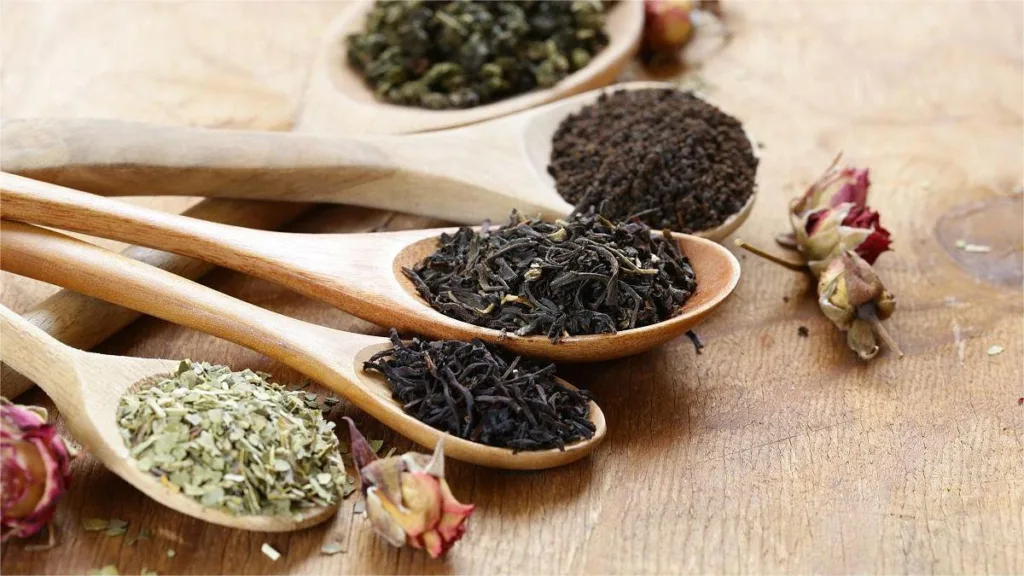As winter sets in, the thought of oranges often crosses our minds. While some caution against excessive orange consumption, citing the risk of turning into “little yellow people,” there’s a delightful alternative to reap the nutritional benefits of oranges without overindulging – homemade orange tea. In this article, we’ll explore two ways to make Chinese orange tea, unlocking the essence and vitality of this citrus elixir. After all, the true essence of orange tea lies in its delightful taste and the multitude of benefits it brings. Let’s delve into how to make Chinese orange tea that’s not only delicious but also beneficial for your well-being.
The Benefits of Orange Tea: A Healthful Elixir
Before we embark on the journey of crafting this aromatic tea, it’s essential to understand the health benefits it offers:
- Harmonizes Qi and Invigorates the Spleen: Orange peel, a key component of orange tea, possesses a warm and slightly bitter nature. In Traditional Chinese Medicine (TCM), it is believed to harmonize Qi and invigorate the spleen, addressing symptoms such as abdominal bloating, reduced appetite, and discomfort caused by stagnation of stomach Qi.
- Dries Dampness and Resolves Phlegm: Orange tea is known for its ability to combat dampness and alleviate symptoms of phlegmy coughs and excessive white-colored phlegm.
- Moistens the Lungs and Relieves Cough: With its warm and slightly bitter properties, orange peel is associated with moistening the lungs and relieving coughs. It is believed to be effective in addressing dry coughs, sticky phlegm, and throat dryness.
- Generates Fluids and Quenches Thirst: The rich content of volatile oils and limonene in orange peel contributes to its ability to generate fluids and alleviate thirst. It is often recommended for conditions involving parched mouth, excessive thirst, and vomiting.
- Beauty and Skin Nourishment: Loaded with vitamins, carotenoids, dietary fiber, and pectin, orange peel promotes skin metabolism and overall skin health. Moderate consumption is thought to enhance skin vitality and contribute to a healthy complexion.
Steps to Make Chinese Orange Tea: Crafting a Flavorful Brew
Now that we’ve explored the benefits, let’s dive into the steps to make Chinese orange tea:
1. Selecting Oranges: Choose oranges in the months of July and August, as this is the ideal time to create small tangerines. Select moderately sized oranges, leaving overly large ones to ripen on the tree and allowing smaller ones to grow.
2. Clearing Pulp, Ensuring Cleanliness: When extracting the pulp, ensure the entire fruit is free of residual flesh. This meticulous process is crucial to prevent any alteration in the quality of the small tangerines. Stainless steel pipes of varying diameters are used to clear the fruit during the pulp extraction process.
3. Thoroughly Washing and Drying: After extracting the pulp, wash the small tangerines in multiple cycles. Once cleaned, place them under the sun to air-dry. In case of cloudy or rainy weather, an alternative is to use a large oven for the drying process.
4. Filling with Tea Leaves and Roasting: The filling typically involves Yunnan Pu-erh tea leaves. Fill the small tangerines with tea leaves and gently compress them. Once placed in the oven, the tea leaves and fruit peel undergo a delightful chemical reaction, releasing a fragrant aroma.
5. Artful Packaging: The final step involves the artful packaging of the small tangerines. This task is often entrusted to the dexterity of young women, who fold and arrange the packaging to create visually appealing patterns.
6. Brewing the Small Tangerines: To savor the final product, immerse the crafted small tangerines in pure, cool spring water. Allow the tea to infuse, and relish the exquisite flavor.
In conclusion, making Chinese orange tea is not just a culinary endeavor; it’s a harmonious fusion of tradition, flavor, and health. With its unique blend of aromatic orange peel and invigorating tea leaves, this homemade concoction stands as a testament to the artistry of tea-making and the richness of cultural practices that transcend generations.



